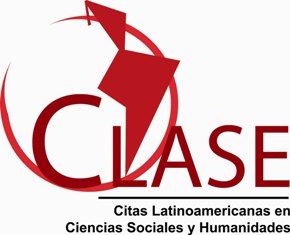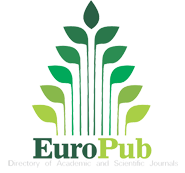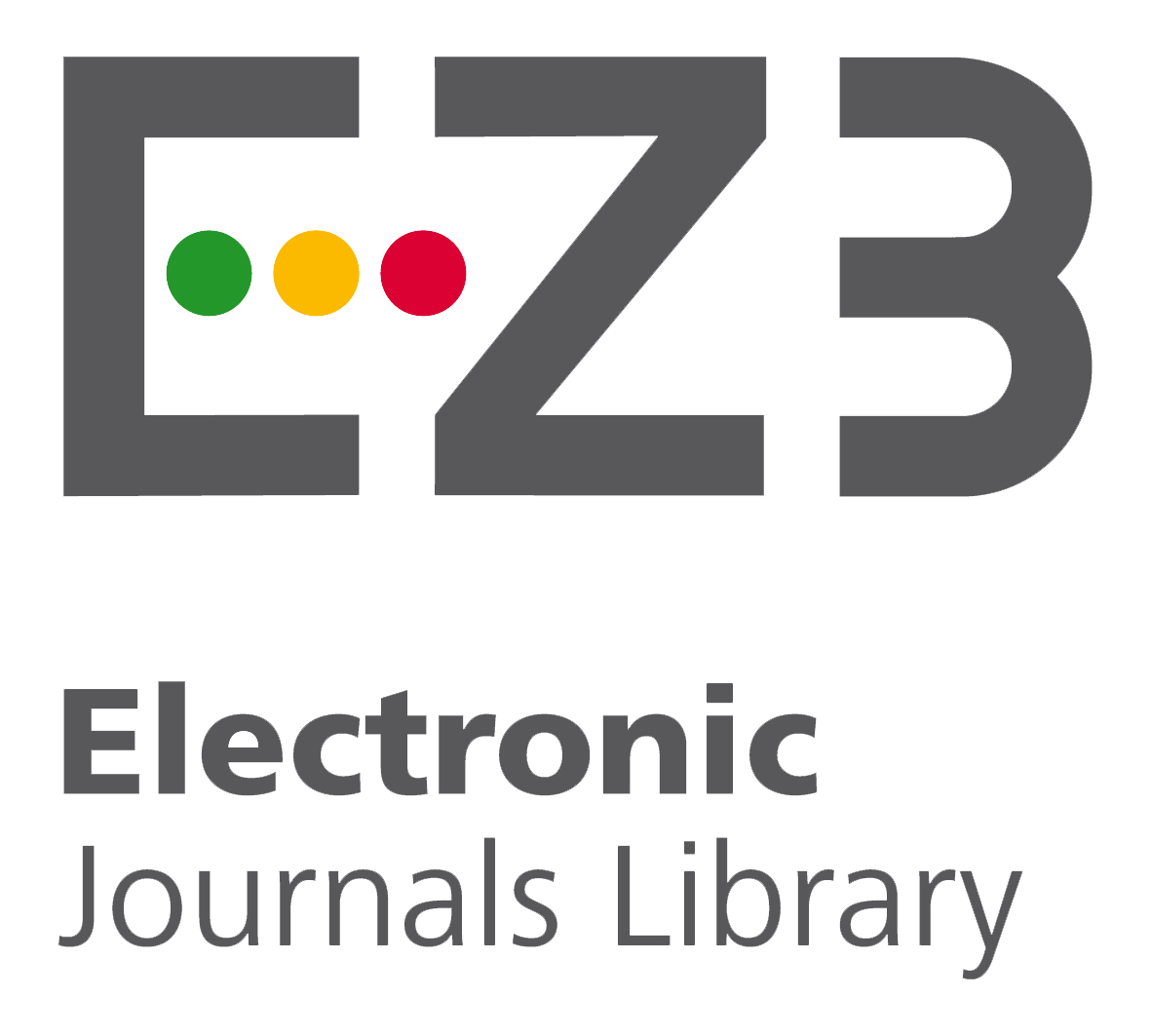Diagnosis of environmental aspects in the provincial historical archives of Granma
Keywords:
file, documents, conservation, chemical products, environmental aspectsAbstract
The permanence of the documents of a file is guaranteed thanks to the different processes that are applied to maintain their conservation through time, with the use of methods that promote the destruction of harmful agents that cause the deterioration. It is sometimes unknown that some of the activities belonging to the own filing activities may cause damage to the environment, an example of this, is the use of chemical products to eliminate the plagues that affect the collections. The objective of this research was to determine significant environmental aspects in Provincial Historical File from Granma. To fulfill this goal were selected the areas and the activities related to the environment revealing those that generate emissions, pouring, residuals, noise, consumptions, etc. identifying the impacts through the relation cause-effect with the development of matrixes. Also risky situations for the worker´s health related to the handling, storage and exposition to chemical products were identified. It is stood out the importance of these elements for the establishment of the Management Environmental System where it is showed the control of the security data of the chemical products used by the organization and the caution measures to be adopted in its handling, storage and general management. It is made emphasis, also, in the environmental education in the file as the favorable frame to contribute to the improvement of the environmental conditions towards a better conservation of the documentary patrimony and the workers´ health.
Downloads
References
2. Aplicaciones por producto.CA L VI V A, ANCADE, pág. 4
3. B - sistema de gestión medioambiental ISO – 14.001. Código de buenas prácticas ambientales, pág.15
4. Carpallo, M.2000. El papel de la conservación documental como disciplina al servicio de los profesionales de la Documentación, Madrid, España.
5. Calderón, M. 2008.Conservación preventiva de documentos, Vol. 26, No 2.pág. 1.
6. Céspedes, S, Portugués, C.2007. Propuesta teórica-metodológica para el diseño de un sistema archivístico institucional en el sector público. Estudio de caso: la comisión nacional de prevención de riesgos y atención de emergencias, Marzo,pág.27.
7. Crespo, C, Viñas, V.1984. La Preservación y restauración de documentos y libros en papel: un estudio del RAMP con directrices, París, Francia.pág.69.
8. González, F.2009.Resolución 41 lineamientos para la conservación de la documentación,CITMA.pág. 4.
9. Guía para la conservación de documentos.2014 Bogotá D. Colombia, Junio, Presidencia de la República,pág. 3.
10. Hoja de seguridad de la carboximetilcelulosa (CMC), Productos Químicos,2000, Sydney, México.
11. IFLA Journal. 1979. Recomendaciones sobre la Conservación del Material Documental, Vol. 5, no 4. PP. 292-300.
12. Osorio, Niurvys.2012. Estrategia de capacitación ambiental para los técnicos del Archivo Histórico Provincial de Camagüey.
13. Ocaña Y, Antúnez F.2015.La gestión ambiental en Cuba. La Auditoría Ambiental, teoría, praxis y legislación en la segunda década del siglo XXI.
14. Rodríguez, Yasminda. 2009. La conservación preventiva: una acción eficiente para combatir los agresores del patrimonio documental en los centros de información. Gaceta Médica Espirituana
15. Someillan López.2006.Aspectos teóricos y conceptuales útiles para el diseño e implementación de una política de conservación preventiva.
16. Varela, 2013, Carbocimetil-celulosa: del nacimiento a la adopción, Aldo Fernando Martínez. ISSN 0864-0769, NÚMERO21, ENERO-DICIEMBRE, 2013, PP. 61-77
17. Vaillant, Milagros. 2013. Biodeterioro del Patrimonio Histórico Documental: alternativas para su erradicación y control, Rió de Janeiro, MAST.
18. Yantá-Nápoles. 2011. Eliminación de plagas en el Archivo Histórico Provincial de Las Tunas, Innovación Tecnológica Vol.17, No. 3, julio-septiembre, ISSN 1025-6504.









































